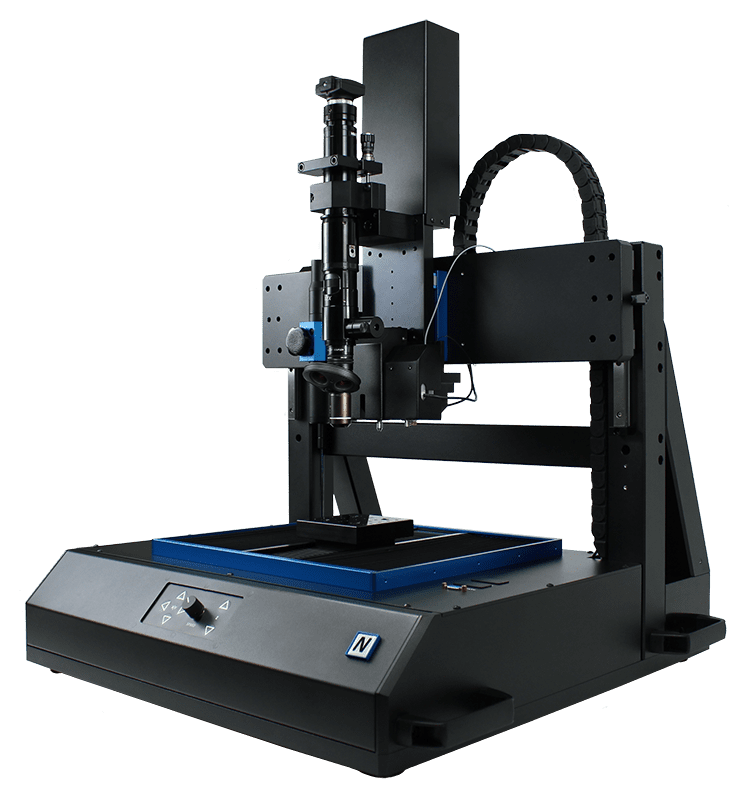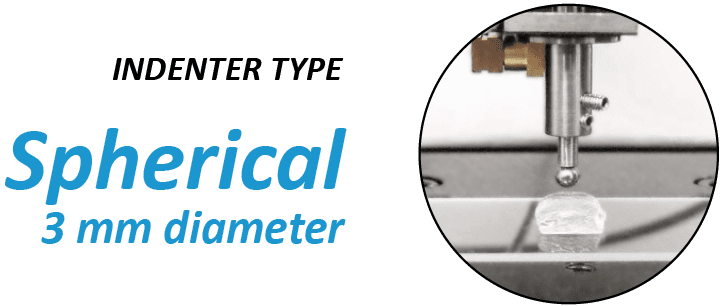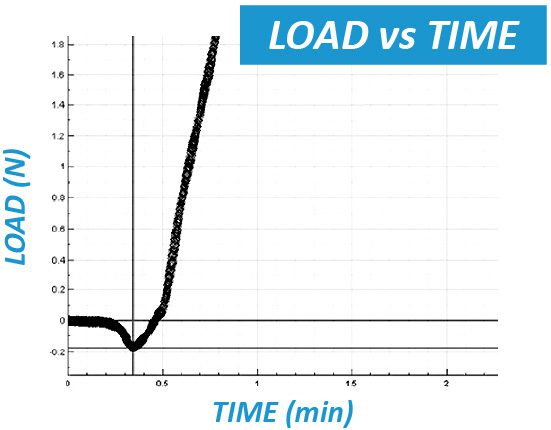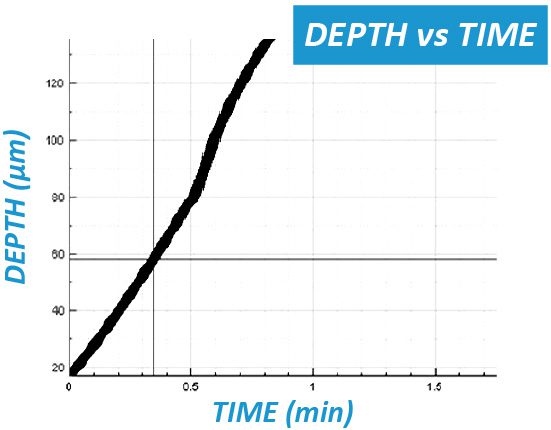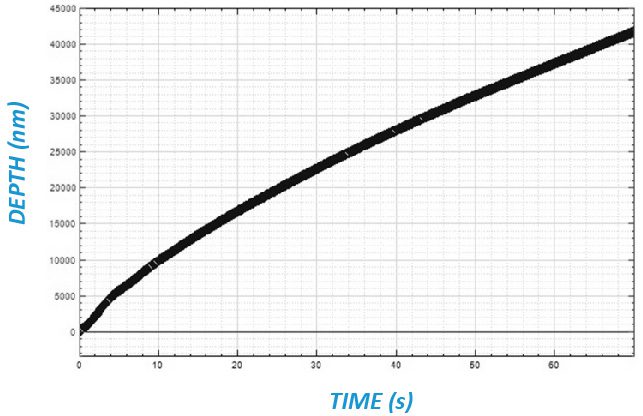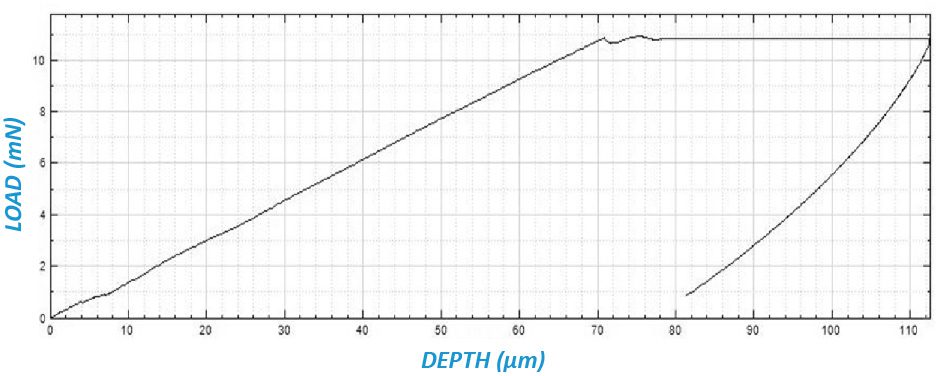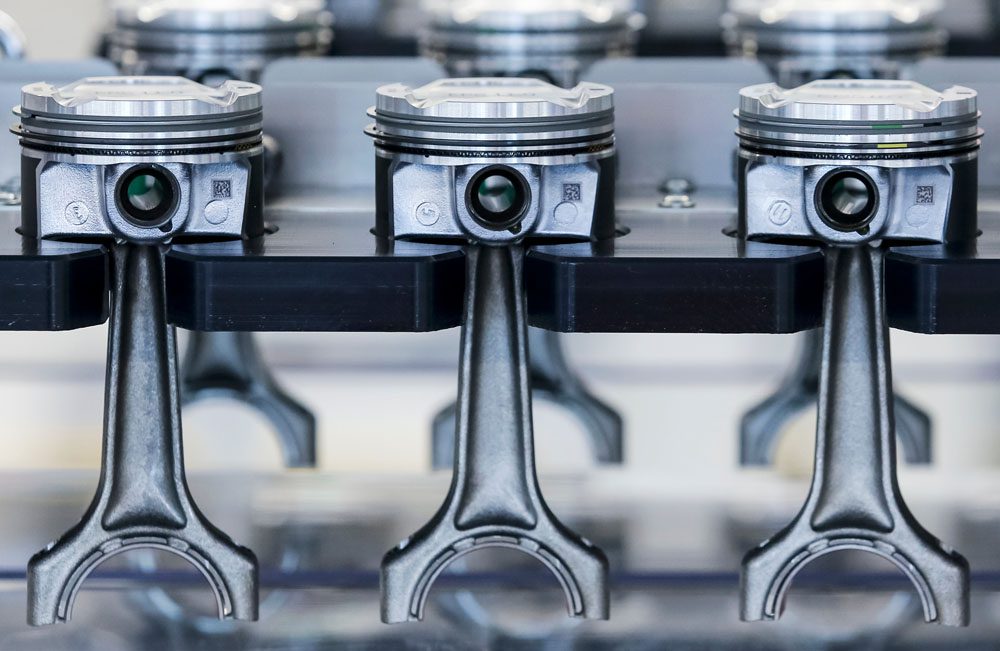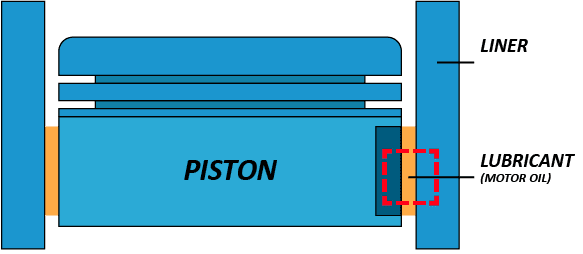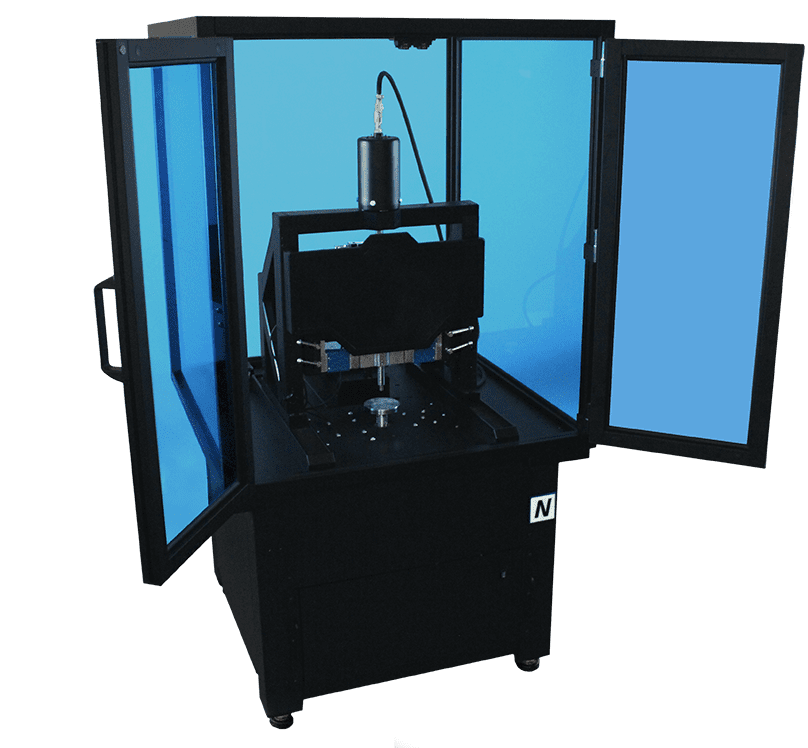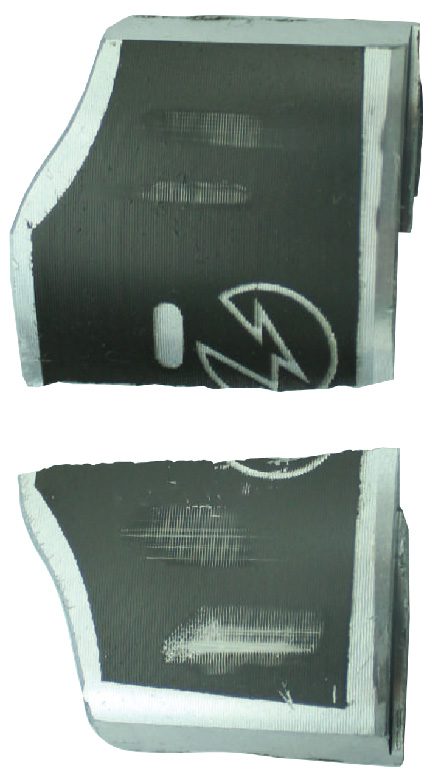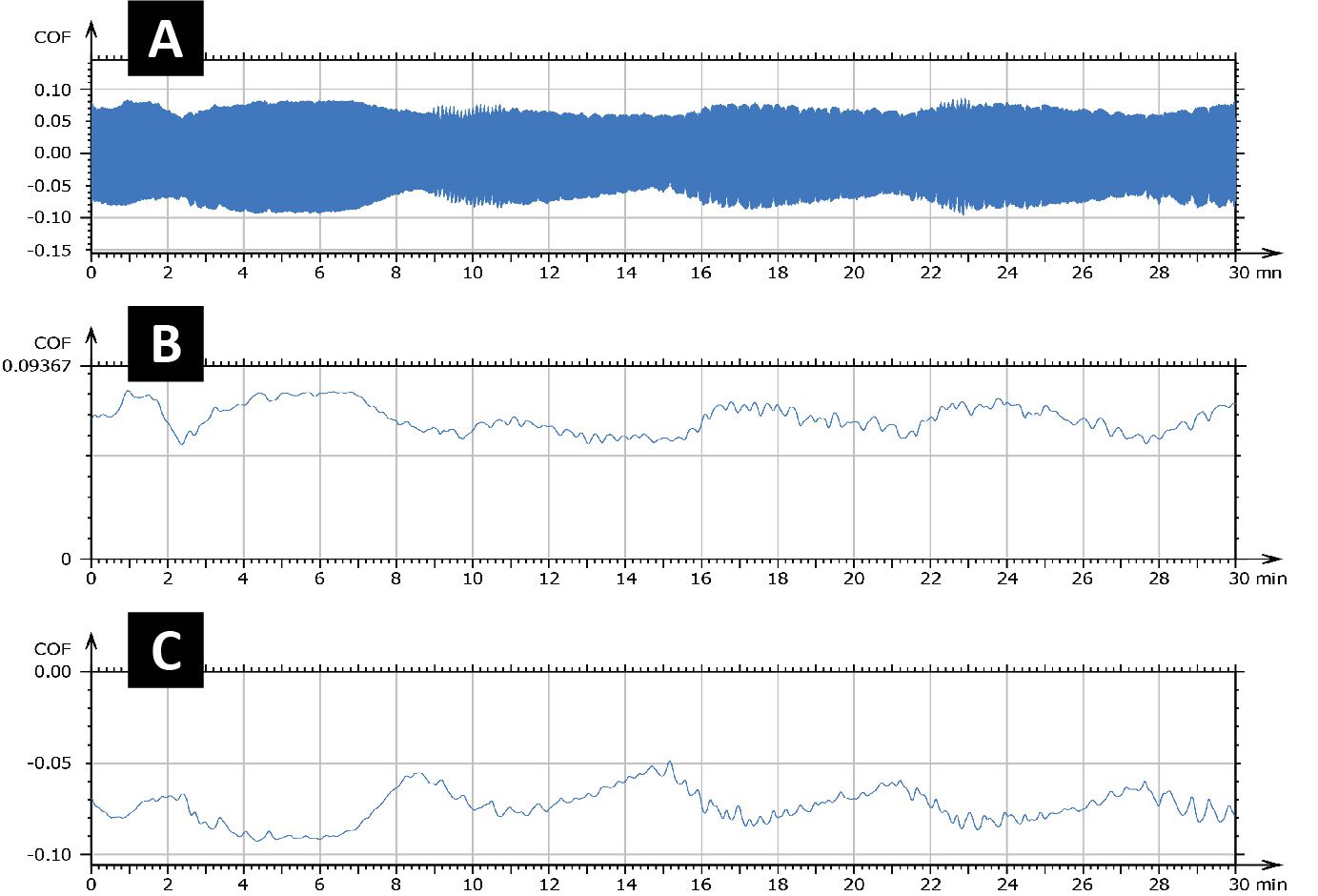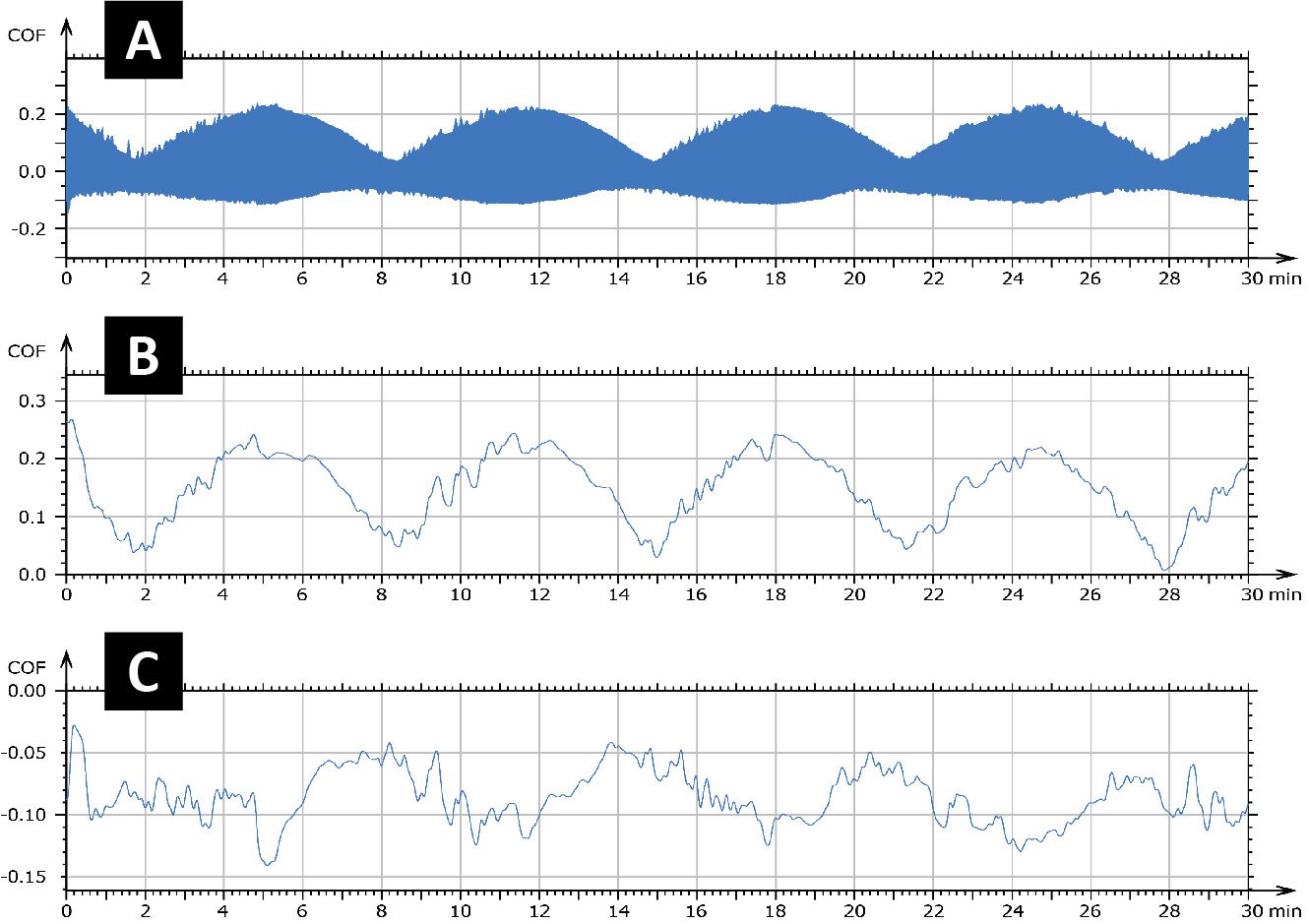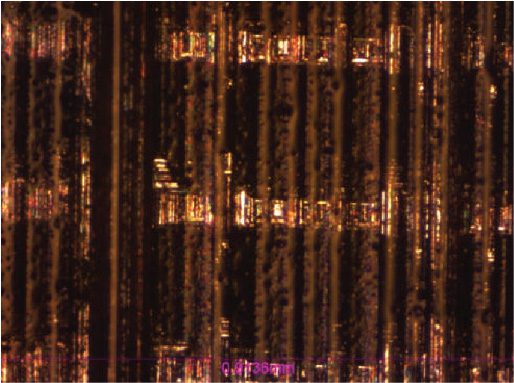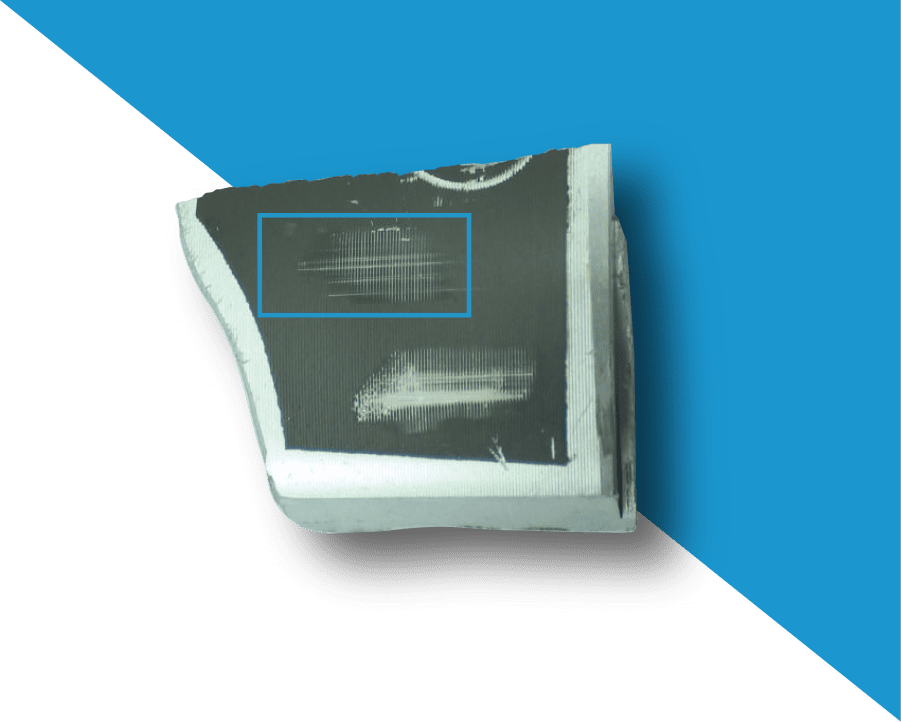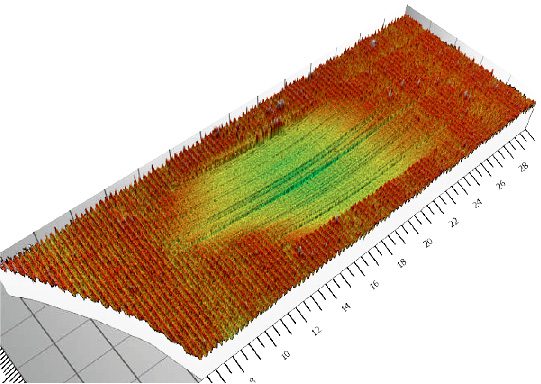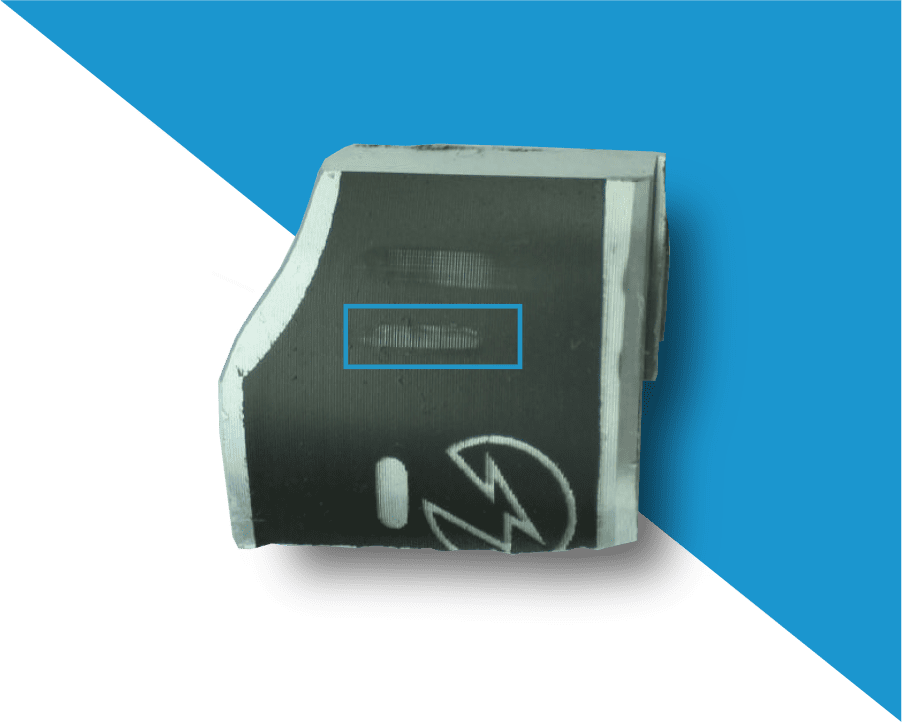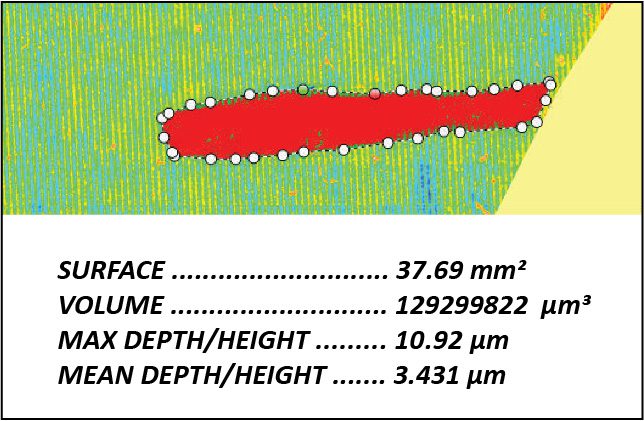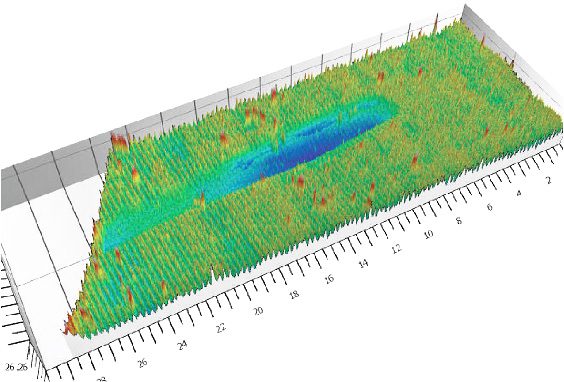INTRODUCTION
Hydrogel is known for its super absorbency of water allowing for a close resemblance in flexibility as natural tissues. This resemblance has made hydrogel a common choice not only in biomaterials, but also in electronics, environment and consumer good applications such as contact lens. Each unique application requires specific hydrogel mechanical properties.
IMPORTANCE OF NANOINDENTATION FOR HYDROGEL
Hydrogels create unique challenges for Nanoindentation such as test parameters selection and sample preparation. Many nanoindentation systems have major limitations since they were not originally designed for such soft materials. Some of the nanoindentation systems use a coil/magnet assembly to apply force on the sample. There is no actual force measurement, leading to inaccurate and non-linear loading when testing soft materials. Determining the point of contact is extremely difficult as the depth is the only parameter actually being measured. It is almost impossible to observe the change of slope in the Depth vs Time plot during the period when the indenter tip is approaching the hydrogel material.
In order to overcome the limitations of these systems, the nano module of the NANOVEA Mechanical Tester measures the force feedback with an individual load cell to ensure high accuracy on all types of materials, soft or hard. The piezo-controlled displacement is extremely precise and fast. This allows unmatched measurement of viscoelastic properties by eliminating many theoretical assumptions that systems with a coil/magnet assembly and no force feedback must account for.


